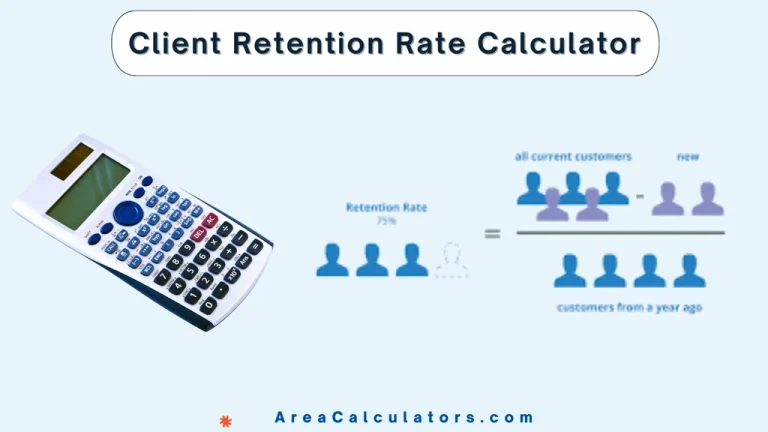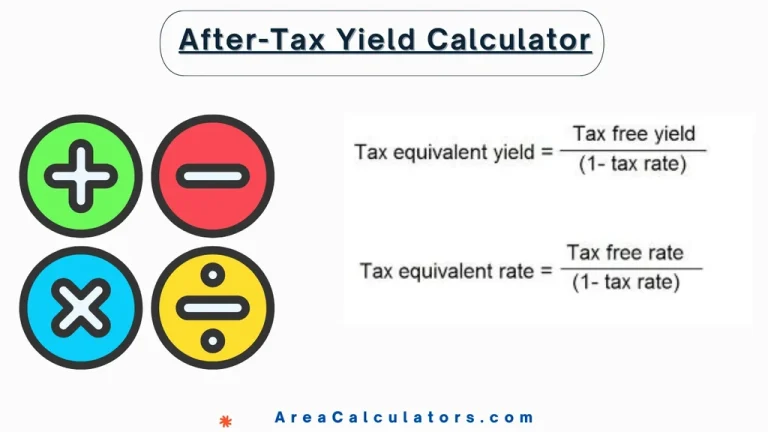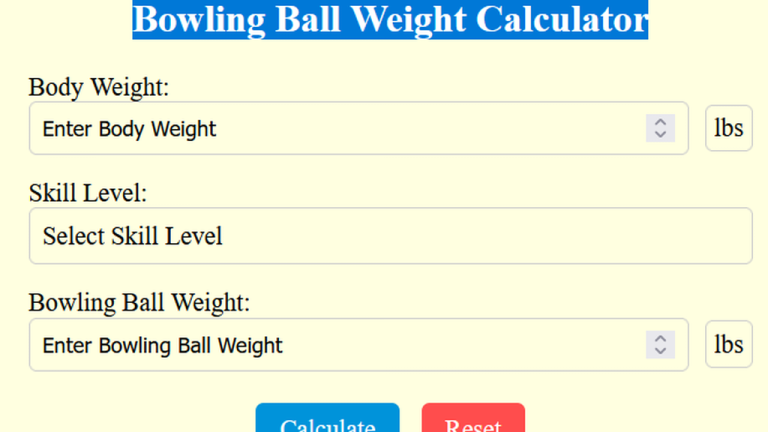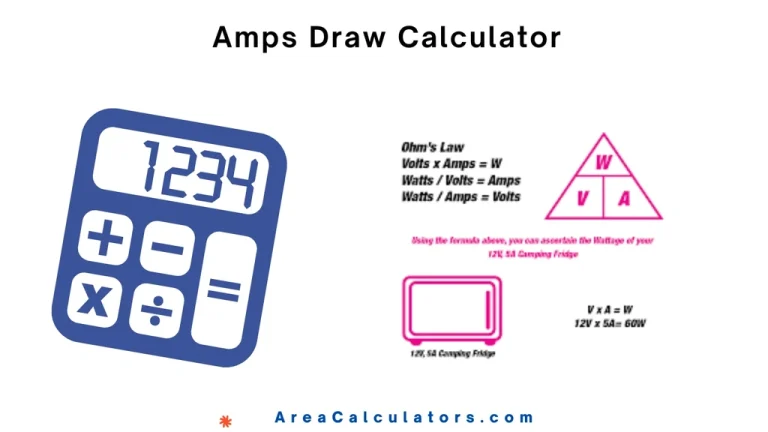RV Air Conditioner Size Calculator
To determine the required air conditioner size for your RV, divide the volume of the RV by 0.416 to calculate the needed BTU capacity.
To determine the required air conditioner size for your RV, divide the volume of the RV by 0.416 to calculate the needed BTU capacity.
The RV Air Conditioner Size Calculator helps you find the appropriate air conditioning unit for your recreational vehicle based on its volume. Proper sizing ensures efficient cooling and energy savings.
RVA = V / 0.416
| Variable | Definition |
|---|---|
| RVA | Required BTU for the RV (in BTU) |
| V | Volume of the RV (in cubic feet) |
| 0.416 | Conversion factor (BTU per cubic foot) |
Example 1
An RV has a volume of 5,000 cubic feet.
| Variable | Value |
|---|---|
| Volume (V) | 5,000 cubic feet |
| Conversion Factor | 0.416 |
| Required BTU (RVA) | 12,019 BTU |
Example 2
An RV has a volume of 3,200 cubic feet.
| Variable | Value |
|---|---|
| Volume (V) | 3,200 cubic feet |
| Conversion Factor | 0.416 |
| Required BTU (RVA) | 7,692 BTU |
The RV Air Conditioner Size Calculator is an essential tool for determining the appropriate air conditioner size for recreational vehicles (RVs) based on their interior dimensions and cooling requirements.
This tool simplifies the selection process by evaluating factors such as the RV’s square footage, insulation quality, and typical usage patterns.
Choosing the correct air conditioner size is crucial for achieving efficient cooling without excessive energy consumption. For example, a smaller RV may require an 8,000 BTU unit, while larger RVs with poor insulation may need up to 15,000 BTU or more.
The calculator considers these variations to provide an optimal solution for comfort and energy efficiency.
Whether you’re looking for a compact portable air conditioner for a camper trailer or evaluating options like the Coleman Polar Cub or Dometic models, this calculator ensures the perfect fit for your cooling needs.
In conclusion, the RV Air Conditioner Size Calculator takes the guesswork out of choosing an air conditioning unit. It ensures a balance between comfort and energy efficiency, making it indispensable for RV owners.
To determine the load on a rod, input the required parameters into the formula. This calculation considers factors like bore, pressure, and rod size to estimate the rod’s load capacity. The Rod Load Calculator is an invaluable tool for engineers, mechanics, and technicians in industries like construction and manufacturing. It helps calculate the load capacity…

To calculate the client retention rate, subtract the number of new clients (CN) from the number of clients at the end of the period (CE), divide by the number of clients at the start of the period (CS), and multiply by 100. This gives the client retention rate as a percentage. Client retention rate is…

o calculate the after-tax yield, multiply the taxable yield (e.g., bond interest, dividends) by 1−Tax Rate. This will give you the effective yield after accounting for the taxes deducted from the earnings. The After-Tax Yield Calculator allows investors to calculate the real yield of their investments after taxes are deducted. By inputting the taxable yield and…

Multiply your body weight (BW) by 0.10 and add a small adjustment for strength or skill level (SL) to determine the ideal bowling ball weight. The Bowling Ball Weight Calculator helps you find the ideal bowling ball weight tailored to your body weight and experience level. Using the right ball weight enhances control, reduces strain,…

To calculate amps drawn, divide the wattage requirement by the supply voltage. The Amps Draw Calculator assists in defining the current drawn by a device based on its wattage and supply voltage. This is central to the understanding of power requirements, sizing electrical circuits, and ensuring safety in electrical setups. By inputting the wattage and…

First, multiply the height by the square of the diameter. Then, multiply that result by the value factor to find the total cedar tree value in market units. A Cedar Tree Value Calculator is used to estimate the worth of a cedar tree based on its height, diameter, and quality. This tool is ideal for…